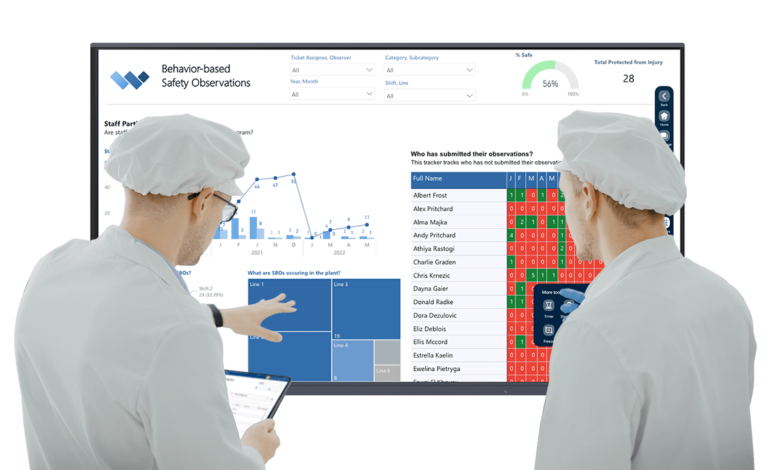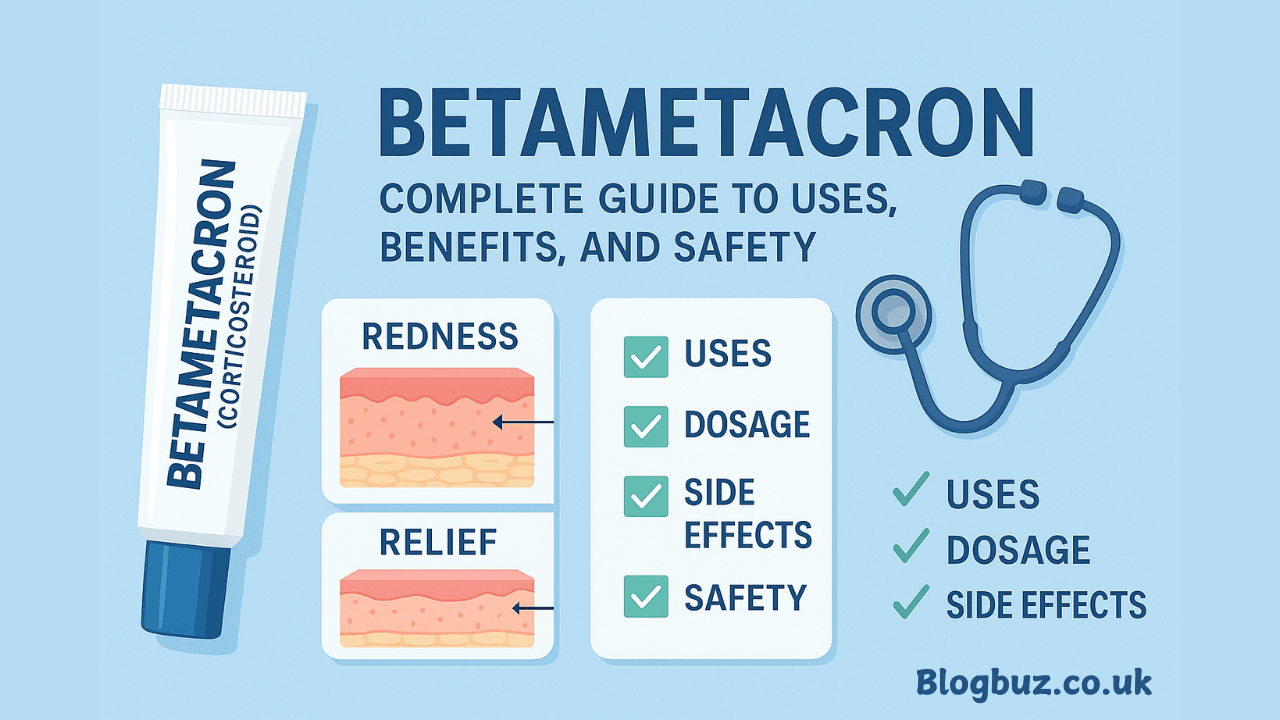Adopting Proactive Measures for Long-Term Health and Safety

Staying ahead of risks isn’t just a good idea—it’s about keeping workers safe or protecting the planet. Proactive measures make all the difference.
The focus should always be on preparing for what could happen rather than reacting when things go wrong. This approach leads to a healthier, safer and more sustainable future for everyone.
The Need for Proactive Safety and Sustainability
Anticipating risks helps prevent hazards from occurring and creates a safe and healthier environment. When companies look ahead, they not only safeguard their employees but also contribute to protecting the environment.
Think about it: when workers know how to handle hazards and the workplace minimises waste and pollution, everyone benefits. Proactive measures create a win-win situation where safety and sustainability go hand in hand.
By planning, businesses can address potential dangers before they become problems. This protects workers, resources, and the environment. It’s a smart strategy that yields long-term rewards.
Identifying Workplace Hazards Early
Workplace hazards are everywhere. Slippery floors, faulty equipment, harmful chemicals—you name it. But most accidents don’t just happen out of the blue. There are usually warning signs. Recognising these signs early can save lives.
For instance, regular inspections can uncover issues like exposed wiring or worn-out safety gear. Training employees to spot potential risks, such as unsafe practices or improper equipment use, can make all the difference. It’s like having a radar for danger. When people know what to look for, they can stop accidents before they happen.
Early hazard detection also fosters a culture of safety. When employees feel valued, their well-being is a priority. This leads to a more involved and motivated workforce. After all, who wouldn’t want to work in a place that genuinely cares about their health?
Building Knowledge to Promote Awareness
Knowledge is power, especially when it comes to safety. Without the correct information, employees might unknowingly put themselves and others at risk. This is where awareness programmes come into play.
An environmental awareness online training programme can educate employees about current environmental challenges and provide them with strategies to reduce the carbon footprint of business operations. These programmes also illuminate the connection between safety and sustainability.
When employees are educated about safety protocols, they’re not just safer—they’re more responsible. They understand the bigger picture. They see how their actions impact the environment and the people around them. Education builds awareness, and awareness drives change.
Equipping Workers with the Right Tools and Techniques
Even the best training won’t help much without the right tools. Imagine trying to fix a car without a wrench. The same applies to workplace safety. Proper equipment is essential, especially in high-risk jobs.
For instance, face masks are simple yet essential safety gear in industries like construction, manufacturing or healthcare. Not all face masks fit correctly, and employees may need to be aware of this. Providing appointed persons with face fit testing training can equip them with the knowledge to ensure that workers’ masks fit snugly and offer maximum protection against dust, fumes and other harmful particles.
Other tools, like harnesses for working at heights or gloves for handling chemicals, are equally important. But it’s not just about having these tools—it’s about using them correctly. That’s why hands-on training sessions matter. They teach employees how to use safety gear effectively.
Techniques are just as crucial as tools. For example, proper lifting methods can prevent back injuries, while fire drills prepare teams to act fast in emergencies. When workers are equipped with the right tools and know-how, they’re empowered to handle any situation confidently.
Integrating Sustainability into Safety Practices
Safety and sustainability are more connected than most people realise. For instance, reducing workplace waste can eliminate hazards like spills or obstructions. Switching to eco-friendly cleaning products not only protects workers from harmful chemicals but also reduces environmental harm.
Aligning safety measures with sustainability can also save money. Energy-efficient equipment reduces costs while lowering emissions. Reusable safety gear cuts down on waste. These practices show that businesses can care for their employees and the planet at the same time.
Another example is adopting green construction practices. Using sustainable materials and designing energy-efficient buildings creates safer work environments while reducing the carbon footprint. It’s about finding harmony between people, processes and the planet.
When safety and sustainability join forces, everyone wins. Workers thrive in healthier conditions and businesses gain a reputation for responsibility. It’s a forward-thinking approach that benefits generations to come.
Final Thoughts
Preparing for risks today creates a better tomorrow. Whether it’s about spotting hazards, providing training or adopting eco-friendly practices, proactive measures make all the difference. Businesses that prioritise safety and sustainability send a powerful message—they care about their people and the planet.
By staying ahead of risks and focusing on long-term health, workplaces can achieve a balance between safety and sustainability.




